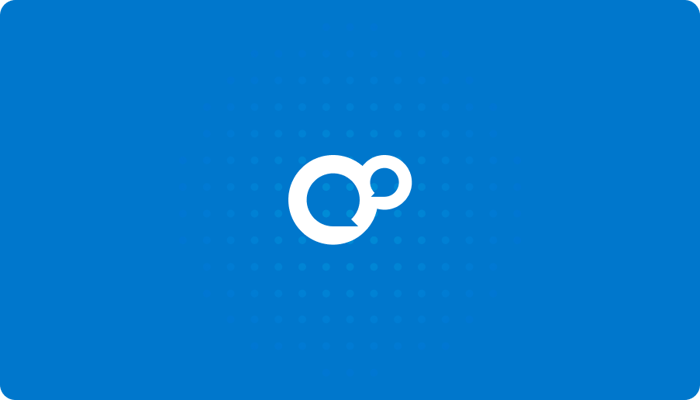Winning hearts and minds with Learning Pool Automation – the learning campaign builder
In my last blog, I talked about using Learning Pool Automation to deliver your learning in the perfect context. A key part of context is the learner’s attitude. I recently used Learning Pool Automation to design a learning campaign about single-use plastics and the learner’s attitude was a key consideration for me.
Tailoring content based on attitude
‘There’s no point sending everyone the same content about reducing their single-use plastic waste.’
‘Some people will already be on board with the message and want to get straight onto the practical advice about reducing their waste.’
‘Some will not know much about the subject and will need some background information.’
‘Others will be sceptical about the whole endeavor.’
To tailor the content to these different attitudes, I started the campaign with a questionnaire. The learner’s score in the questionnaire indicates what their attitude is, so I then used the “condition” item in Stream Automation to send learners down different workflows depending on their attitude. This means that sceptical learners start a workflow of content addressing their scepticism, and uninformed learners get content to teach them about single-use plastics and their impact. The learner’s attitude is addressed instead of dismissed.
As well as making the learning more effective and engaging, I think this approach is more respectful of the learner. It isn’t telling them what attitude they should have, that they should automatically see the value in the campaign from the start, it respects the fact that many people have different opinions on this issue. Yes, the campaign does ultimately try and change those outlooks, but that isn’t the starting point.
Empowering the learner
After each piece of content in the sceptical and uninformed workflows, learners are asked what their current opinion is. Are they still sceptical, do they need more information, or do they want to get on with the task of reducing their waste? Learners are given control over what they see, instead of being dictated to. Their choices are respected rather than overlooked.
Time to practice and change
Depending on the learner’s choices, the plastic campaign could take them anywhere from 3-9 weeks. That sounds like an arduously long process, but the content is all quite short and spaced out.
When was the last time you changed your mind? Perhaps you had a political opinion that was challenged and you were provided with evidence that supported an opposing point of view. You probably mulled it over for a while and looked at some different sources and then came to the conclusion that you’d changed your mind. It’s very unlikely that you changed your mind straight away because that’s simply not how people behave. That’s why there’s a week between each piece of content in the sceptical and uninformed workflows of the plastic campaign. Learners are given the chance to percolate and maybe pursue their own studies for a while before deciding what to do next, rather than being bombarded with information.
Once learners are ready to make changes to their lifestyle, Learning Pool Automation acts like a set of stabilizers – assisting learners until they’re ready to ride on their own. Rather than telling learners how and why to change their behavior, it enables them to change. At the start of each week, the learner sets a goal that they would like to achieve. They’re encouraged to make this goal small, achievable, and particular to their lifestyle. As the week goes on, Stream Automation delivers encouragement in the form of success stories and gives the learner the opportunity to revise their goal and reflect on how it went. The changes get bigger as the campaign goes on, and by the end, they will have achieved some changes and will have the momentum, confidence, and ability to continue changing on their own.
None of these ideas are particularly new. Having a single tool that’s simple to use but flexible enough to allow learning designers to create highly bespoke long-term learning campaigns on the other hand, definitely is. We call it Stream Automation. Find out more about Learning Pool Automation or get in touch to see a demo today.


